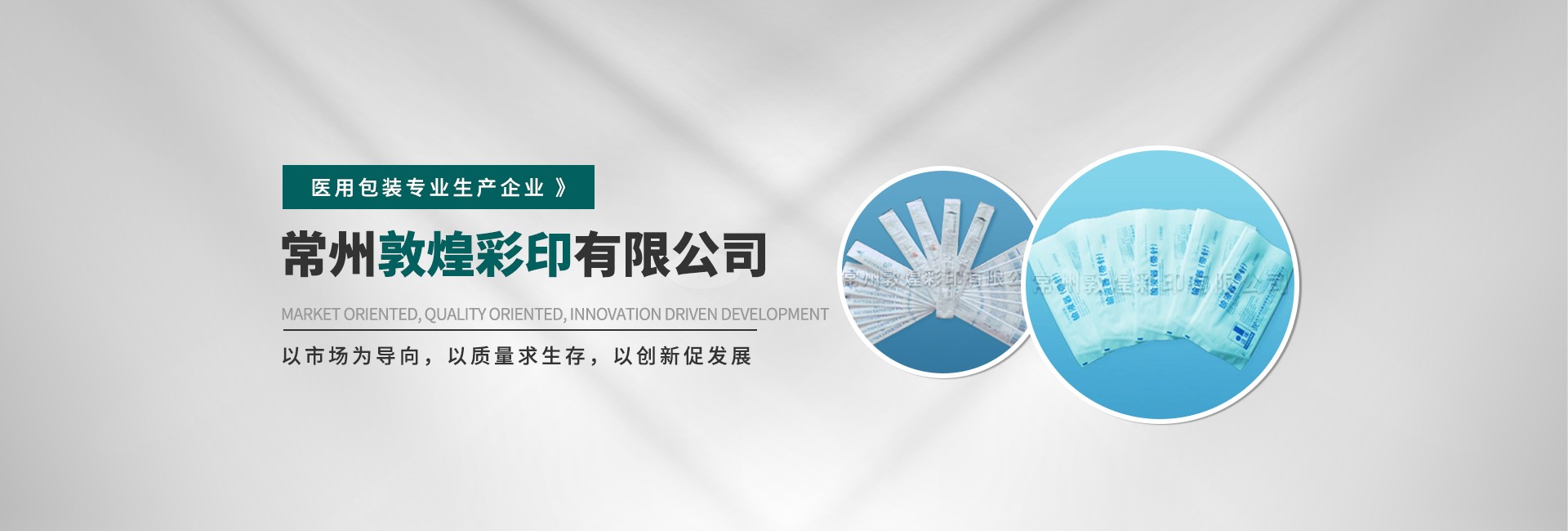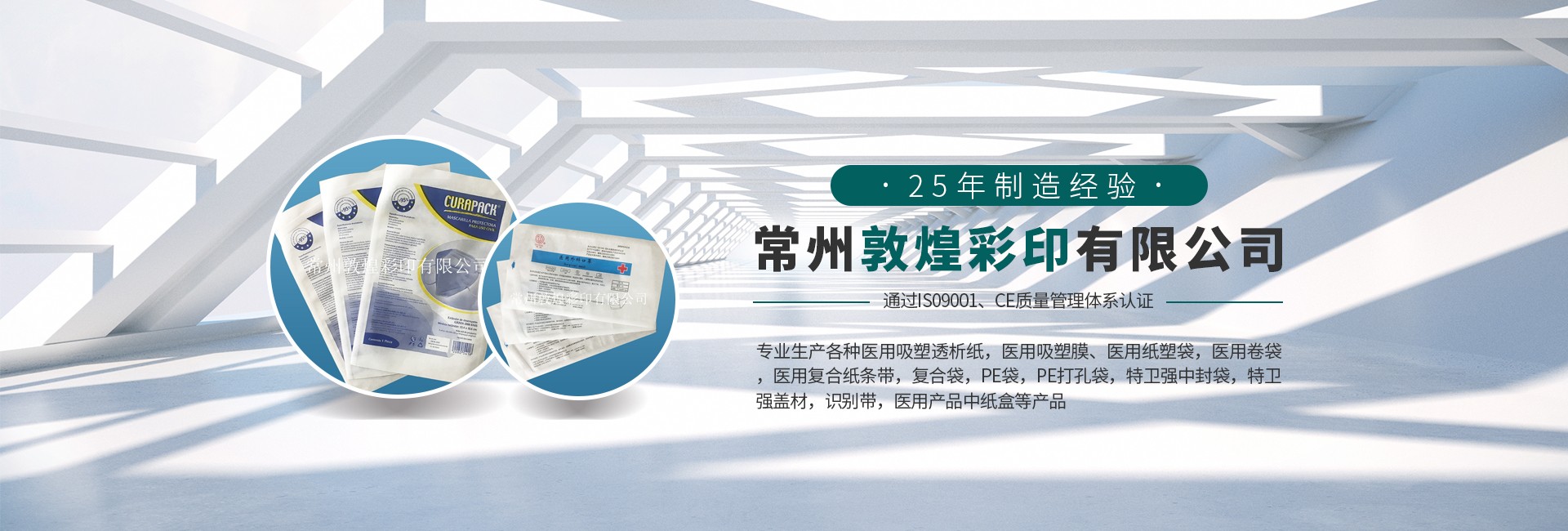1.1 Soft blister molding-filling-heat-sealing packaging system: This type of packaging can be divided into two types: flexible and semi-rigid according to the thickness of the substrate of the molded part. The substrate passes temperature, The thermoforming becomes a pre-designed shape by adjusting the degree of vacuum and pressure, and is thermally combined with the corresponding top material to form a three-dimensional packaging system that meets the requirements. The characteristics of this type of packaging are: high degree of automation, high efficiency, low cost of a single packaging, good shape matching of the packaging system and content, etc., but it involves equipment and mold investment, and has certain requirements for output. It is usually used when the output is very large. Large class I and class II medical equipment products, such as various syringes, gauze sheets, surgical gowns, and medical catheter intubation, as well as simple class III medical equipment, typically such as intravenous indwelling needles!
1.2 Hard blister box-cover material packaging system: This type of packaging is directly heat-sealed with a variety of cover materials suitable for heat sealing and pre-cut in shape by using various shaped blister boxes. The so-called hard blister, then It is more related to the thickness of the sheet used for blister forming, usually between 0.4-1.2mm, and the materials involved, from low-end to high-end mainly include pvc, pp, pe, ps, pet, petg Among them, ps, pet and petg are commonly used; PVC has a tendency to be gradually eliminated due to safety and environmental issues; pp and pe are two conventional polymer materials, in view of their own Due to physical and mechanical performance limitations, not many are used in this field; PC is only used in a few fields due to high cost, typically where dry heat sterilization is required. This kind of hard blister box is generally purchased out, and then heat-sealed with the cover material at the medical device manufacturer, using ordinary heating and heat-sealing equipment.
1.3 All kinds of bag packaging systems: including all kinds of bags: paper-plastic bags, head bags, window bags, ventilated middle-sealed bags, paper-paper bags, aluminum foil composite bags with tyvek and other products. More forms may depend on The actual situation is designed and produced. In short, it is difficult to fully summarize its type and application range! In China, these products, such as head bags, window bags, and ventilated mid-sealing bags, have been welcomed by many medical device companies because of their special design of venting windows, which saves material costs.
The 2006 version of the relevant regulations and standards for sterilization bags was officially promulgated in April 2006. It consists of two parts, one is mainly about packaging materials, sterile barrier systems and packaging systems, and the second part is mainly about medical devices. The process confirmation problem of sterilization packaging distinguishes the aseptic packaging according to the two main contents of packaging system design and packaging process confirmation. More importantly, in this version, the European popular en868 standard system was officially absorbed and merged. The conflicting general system en868-1 was cancelled, and the 9 en868-2 to -10 were selectively absorbed and merged. With regard to the sub-standards of specific materials and products, this also announced in fact that a globally unified medical device sterilization packaging standard was finally born in 2006.

 中文(簡體)
中文(簡體)

 Scan to enter the mobile official website
Scan to enter the mobile official website